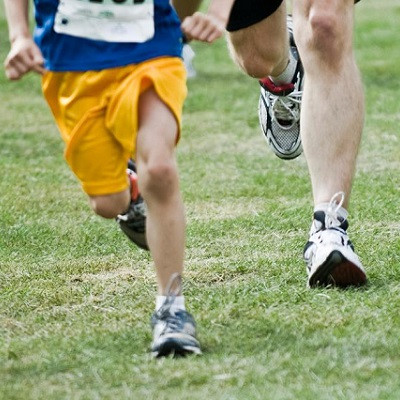
2021-10-10
Visited : 1952
Irish scientists have received €1m to develop genetically engineered soft tissues which could provide a new lease of life for athletes and runners who suffer torn ligaments and tendon.
The group from Trinity College in Dublin are part of an international team of scientists with expertise in developmental biology, biomedical engineering and nanoscience.
A Trinity college spokesman explained today that torn ligaments and tendons are the bane of athletes’ and runners’ life.
“They are difficult to heal and often require months or years of rehab. Currently, the only fix for severe tears is to remove soft tissues from another part of the patient’s body, or a cadaver, and use them to repair a knee or ankle. This is costly and inefficient, but the medical field has yet to come up with a better solution.”
The research to develop an alternative is funded by the National Science Foundation (USA), Science Foundation Ireland and the Department for the Economy (Northern Ireland).
The group will develop genetically engineered soft tissues modelled on how tendons develop in the embryo, and attempt to improve the production of artificial tendon and ligament replacements by replicating the molecular events that drive embryonic tendon development using nanoparticle delivery and mechanical stimulation of cells grown as “mini tendons” in culture.
Co-principal investigator Paula Murphy, who is Professor in Zoology at Trinity College, said the team will investigate normal tendon development in chick and mouse embryos.
They will test which molecular pathways are essential for the formation of mature tendons. The engineering team in the US will measure the tendons of chicks and mice at different points of development and, together with the Trinity team, will map out the mechanical, structural and biological features at each stage.
The scientists will also investigate the idea that movement inside the egg — like a human baby kicking in the womb — is critical to tendon development.
Co-principal investigator Spencer Szczesny, of Penn State University said :“Research shows that tendon cells are sensitive to movement and stimulation.
“We will determine if the muscle stimulation impacts cell behaviour and how they form the tissue around them. Our hypothesis is that muscle activity early on stimulates tendon and ligament cells to grip onto collagen instead of neighbouring cells, forming a connection to collagen fibres, which is critical to forming a healthy tendon.”
If that hypothesis proves true, Professor Szczesny will apply mechanical stimulation to cells when creating a tendon implant in the second phase of the project, mimicking what is happening in an egg or a human womb.
In another key part of the project, the researchers will also use nanoparticles to influence tendon growth, essentially “telling” cells to turn certain genes on or off; these genes will have been discovered from the embryonic study.
Co-principal investigator Helen McCarthy, Professor at Queen’s University Belfast, is an expert in nanomaterial drug delivery. She will lead the nanoparticle design, which should mimic the embryonic process by pushing stem cells to release neighbouring cells and bind instead to collagen fibres. If they are successful, the researchers will test the functionality of their new tendon construct in an animal model.
Professor Paula Murphy said: “This project is truly interdisciplinary, integrating international expertise in biomechanics, mechanobiology, developmental biology and materials science. We are particularly enthusiastic to bring a developmental perspective to understanding tendon biomechanics and to addressing the critical barriers that have – to date – prevented the development of functional load-bearing tendon and ligament replacements.”
Read the original article on Irish Independent.